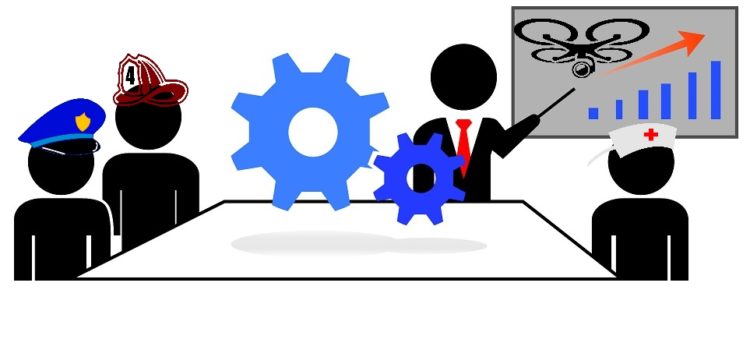UAV technology has some pros and cons. Earlier on, we posted articles about the pros and cons of UAVs for first responders.
Here is a summary:
http://brightersight.ca/eds-blog/index.php/2017/12/07/drones-good-vs-bad/
http://brightersight.ca/eds-blog/index.php/2017/12/01/augmented-reality-and-drones/
http://brightersight.ca/eds-blog/index.php/2017/11/17/the-new-superhero-drone-lifesaving-deliveries/
The key to successful use of drones for first responders is perhaps training. Learning when the technology should be used and how to use it to enhance or fill a gap in the current standard operating procedures is the key to success. That is why the Florida International University (FIU) Academy for International Disaster Preparedness has introduced two new certificate courses for UAV usage for first responders.
According to the website, https://aidp.fiu.edu/events/2018/#uas-for-emergencies-and-disaster-response, the courses and details are below.
1. UAS/Drone Operator Public Safety Course
| Start: | |
|---|---|
| End: | |
| Venue: | Florida International University |
The UAS/Drone Operator Public Safety Course provides hands-on training to law enforcement, fire rescue, EMS, and other public safety personnel who want to learn about how unmanned aircraft systems (UAS) – a.k.a. “drones” are changing the way public safety agencies operate. For more information and how you can register, please visit the hyperlink above.
2. UAS/Drone Management for Disaster Response
| Start: | |
|---|---|
| End: | |
| Venue: | Florida International University |
This 40-hour workshop will provide a framework for emergency responders, airspace managers, and UAS operators to examine the challenges associated with deploying UAS and to demonstrate the advantage that they offer in disaster response and recovery. For more information and how you can register, please visit the link above.
These courses not only open up discussions about the pros and cons of drone usage for first responder scenarios, but are perhaps setting the standards for when and how they can be used. When new technology is introduced to “replace” the way things are done now, or claims are made about how the technology can enhance the way things are being done now, there are often those that believe it from the onset, some that take convincing, and others that will refuse the idea altogether. But having courses like these that foster communication and discussions is heading in the right direction.
